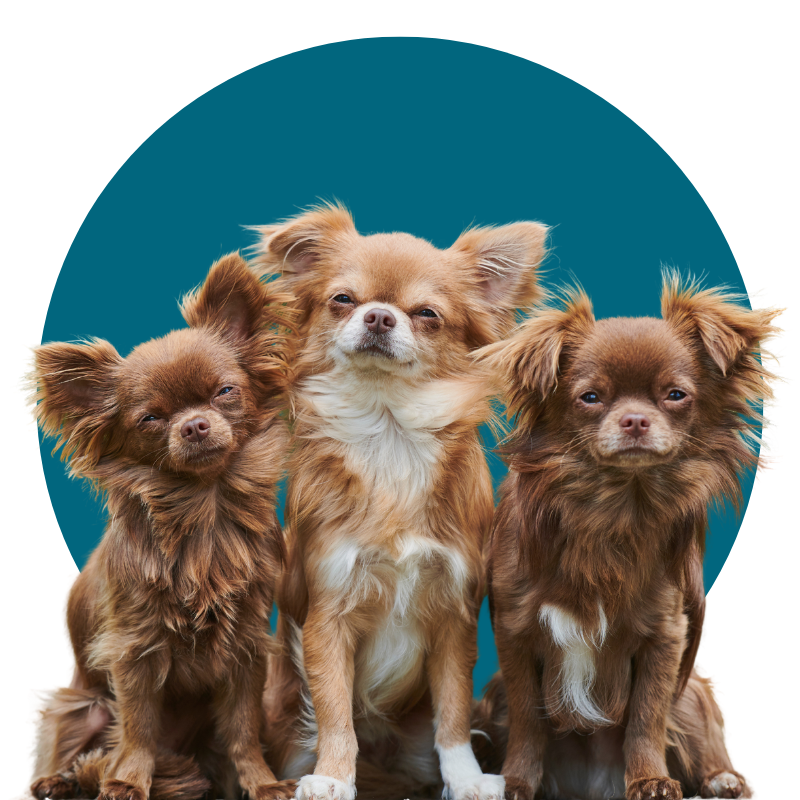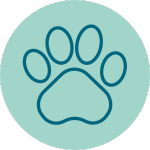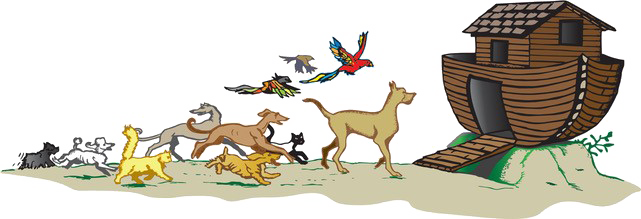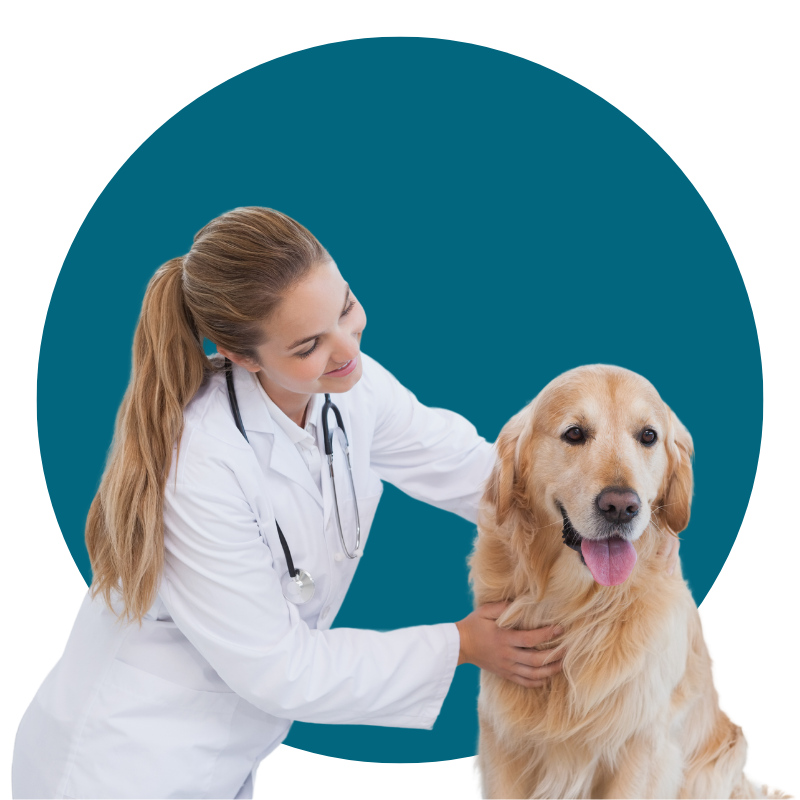Welcome to
Noah’s Ark
Excellence, Compassion, Results.
We help pets and their families live carefree, happy, and healthy lives. We’re not your average vet! When it comes to your pet’s health, we’re all family.

Real Testimonials from Real Clients
Veterinary Services
Choosing pet food, exams, surgery,
dentistry, and more.

Online Pharmacy
Food, medications, and more
with free delivery.

Book Appointments
Scheduling an appointment at Noah’s Ark.
Meet the Noah’s Ark Veterinary Team
Big City Service, Small Town Caring
In 2004, Dr. Todd moved to Franklin and bought what is now Noah’s Ark, aiming for a slower-paced practice after 25 years in the field. Known for his support of raw diets, alternative therapies, and clear communication, Dr. Todd is still seen by many of his loyal clients from Raleigh even today. Now, 44 years into his career, Dr. Todd continues to evolve his approach, always seeking the best ways to keep pets healthy.

Compassionate, Client-Focused Veterinary Services in Franklin, NC
We Take Being Excellent Seriously!
We take a personalized, holistic approach to your pet’s health. Our aim is to ensure your pet is healthy and happy from the inside out. Every pet is unique, so we tailor our care to each individual.
With over 44 years of experience, Dr. Todd and our team are dedicated to providing expert, compassionate care.

Pet Wellness

Pet Acupuncture

Pet Dentistry

Pet Surgery
Get Our Mobile App
Manage your Smart Appointment Request Technology with our AllyDVM Mobile App, now available for iPhone or Android.
Practice news, announcements, and updates
AllyDVM’s “Smart Appointment Request” technology
Requests for refills and other informational changes
Emergency contact info

Join Our Team
Join the dedicated team at Noah’s Ark, where excellence is our standard. We’re hiring Veterinary Technicians and Assistants who are caring, empathetic, and ready for a fast-paced environment. Accredited by the American Animal Hospital Association, we offer competitive benefits, including health insurance, retirement plans, and more. Background checks and reference confirmations are required for all applicants.




